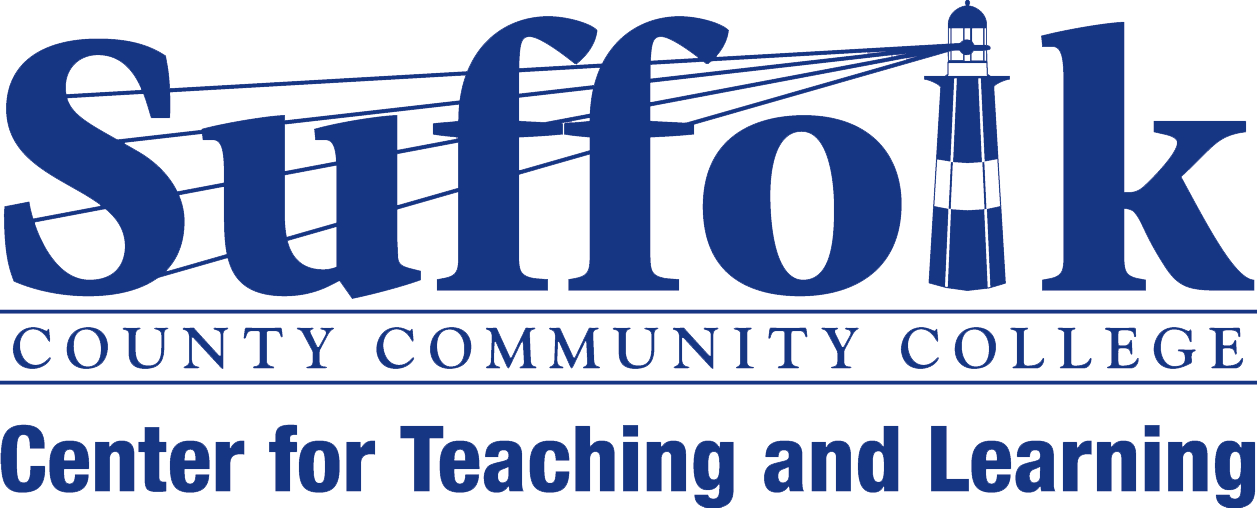Brightspace Accessibility
There are many accessibility tools integrated in Brightspace. The Brightspace editor (text editor) contains an accessibility checker that will detect issues within your text and images. In addition, there is an integrated tool called Anthology Ally that provides an accessibility score to files uploaded to your module topics and that also indicates what needs to be done in order to improve the accessibility of the file. For tutorials on these tools and more, please see Create accessible content in Brightspace.
- Font: Set font size to at least 20 pixels. Unlike Office programs which measure font size in points, Brightspace measures it in pixels. This is why the font size needs to be set to at least 20, not 12. How to change course font settings (this link is safe to open). Note: This will change the default font setting for anything new that you type in your course. It will not change the font for type that is already there. This text will need to be changed manually in the Brightspace editor.
- Headings: Use hierarchical heading styles (Heading 1, Heading 2, etc.) to format headings when typing in the Brightspace editor. Headings that are created using heading styles allow screen reading software to jump to different parts of a Brightspace page. Making headings visually different (bigger font, bold, etc.) is not enough. Headings must be semantically designated in order for screen reading software to differentiate headers from body text. Do not select heading styles based on font size. If the size it too big, you can just edit the size. How to use headings in the Brightspace editor.
- Lists: Create bulleted and numbered lists using the formatting options in the Brightspace editor. The built-in formatting options allow screen reading software to differentiate lists from body text. In the Brightspace editor, use the bullets and numbering option to create lists. Learn how to create lists in Brightspace.
- Alt text: Include alt text for all non-decorative pictures, tables, graphs, charts and graphics. Alt text is a description of images or other objects that have a visual component. Screen reading software reads alt text out loud for the user. How to include alt text to images in Brightspace.
- Color: Do not use color as the only means of conveying information. People who are colorblind might not be able to differentiate the color differences. Do not write “Take note of the text in red.” Include an additional way to differentiate the text. Instead, write “Take note of the text in red and with an asterisk.” How to use color and other sensory characteristics plus text to convey meaning.
- Contrast: Make sure there is sufficient contrast between the text color and the background. Light-colored text on a light background or dark-colored text on a dark background is difficult to see. Use the Brightspace editor color contrast checker.
- Tables: Make sure tables are created in a specific way that renders them accessible in Brightspace. Tables that are not created following specific steps will not be accessible in Brightspace. How to create accessible tables in Brightspace.
- Hyperlinks: Use meaningful text for hyperlinks. Descriptive hyperlink text provides context that allows people who use screen reading software to identify and sort through links. Instead of typing “Click here to log in to MySCCC,” type “Log in to MySCCC.” How to create accessible links in Brightspace.
- Captions: ake sure your Video or Audio Notes contain captions. All video and audio must contain captions in order to be accessible. How to create a Video Note with captions and how to edit captions in a Video Note.
- Math and Science: Use the equation editor in the Brightspace editor to type out equations or scientific notation. The equation editor ensures that mathematical or scientific notation will be read correctly by screen reading software. See making math and science content accessible in Brightspace.
- Uploaded documents: Make sure that all documents that are uploaded to Brightspace are accessible. Documents must be accessible inside and outside of Brightspace. Follow the directions for creating accessible Word documents, PDFs and PowerPoint presentations.
- Accessibility Checkers: Take advantage of the accessibility checkers that are integrated in Brightspace. These will help to identify any accessibility issues that you might have missed. Learn how to check your course’s accessibility score using the integrated Anthology Ally tool. How to run the accessibility checker in the Brightspace editor.
Contact Us
Assistant Dean of CTL
hernanca@sunysuffolk.edu
631-451-4524
Robin A. Hill, Ph.D.
Coordinator of Instructional Design
hillro@sunysuffolk.edu
631-451-4677
Alexandra Belanich
Specialist I
belania@sunysuffolk.edu
631-451-4763
Questions?
CTL@sunysuffolk.edu

Light Box
div id=lightbox-display - no content updated
